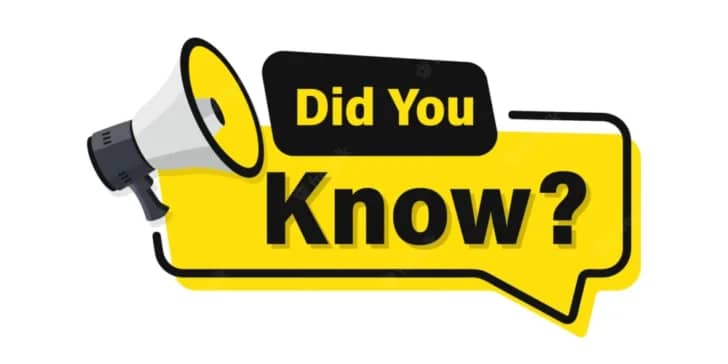- Did you Know? (June 2025)
by Guy Gasser
One theory as to the origin of the tête-bêche varieties of the Ceres heads of France comes from deliberately replacing a damaged cliché with an inverted one. The head of stamp printing could then, at a glance, tell where the plate had been repaired. These varieties are highly sought after by collectors.
- Did you Know? (May 2025)
by Guy Gasser
The 1932 Olympic Games stamps were not just used to promote the 1oth Olympiad in Los Angeles, but also for political purposes. George Linn, owner of Linn’s and publisher of Linn’s Weekly Stamp News, was an avid supporter of Franklin Roosevelt during his campaign for President. He and the public used the stamps on covers with cachets supporting a “Stamp Collector for President.”
- Did you Know? (April 2025)
by Guy Gasser
My wife asked me if there was a stamp with her favorite breed of dog on it, and when it was first issued. I told her, probably, but I didn’t know. I had to do some searching. I found it, I think, in Romania in 1965. I also think that there are about a dozen countries to issue such a stamp, but I can’t say that for certain, as the internet is iffy, and I don’t have a worldwide set of Scott catalogs to look it up by subject. The breed…Dachshund. Hmm…I thought her favorite breed was a Min-Pin (Miniature Pinscher)!.
- Did you Know? (March 2025)
by Guy Gasser
One of the benefits of stamp collecting is a longer and healthier life. Several studies as to why exist with one as recent as 2016 by the National Institute of Health.
- Did you Know? (February 2025)
by Guy Gasser
One stamp on each of the first 8 of 10 panes of the U.S. Celebrate the Century series is engraved. However the last two panes in the series do not have an engraved stamp. Whaaat???
- Did you Know? (January 2025)
by Guy Gasser
The first government-issued stamp to depict an airplane was US Scott #Q8 in 1912. However, that is not the first stamp to depict an airplane. That distinction belongs to US Scott #CL2, an airpost semi-official stamp privately issued in 1991. It is known as Rodgers Aerial Post.
- Did you Know? (November 2024)
by Guy Gasser
The smallest stamp in the world was issued by Bolivar in 1863. It was a mere 3/8″ x 1/2″
- Did you Know? (October 2024)
by Guy Gasser
October is the philatelic month; National Stamp Collecting Month, World Postcard Day (1st), and World Post Day (9th). Maybe there should be more!
- Did you Know? (September 2024)
by Guy Gasser
The federal government first taxed playing cards in 1862 to support the Civil War. Except for 11 years (1883-1894), the tax remained in effect until it was repealed in 1965.
- Did you Know? (August 2024)
by Pat Morgan
Between the Post Office Department and the USPS they have produced six different board games over the years. The first one, “Uncle Sam’s Mail” was released in 1893!
- Did you Know? (July 2024)
by Guy Gasser
The 15 cent Z grill, Scott #85F, hammered down last month at a Siegel auction for $2.65 million, $1.05 million less than the 1 cent Z grill, Scott #85A There are only two of these to exists, but unlike the 1 cent Z grill, both #85F are available to the public. One stamp makes a million-dollar difference!
- Did you Know? (June 2024)
by Guy Gasser
Do you know? The country that has issued the fewest stamps is the Ionian Islands. They issued a grand total of 3 stamps in 1859. They were then swallowed up by (ceded to) Greece in 1864 and the stamps were no more.
Did anyone figure out the answer to last month’s did you know? The answer is bundle or bundleware.













